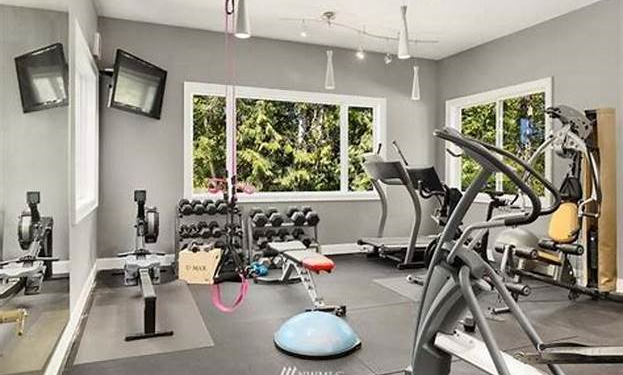The allure of compact fitness equipment is undeniable. All in one home gyms promise a comprehensive workout experience without the need for multiple machines. But are they truly worth the investment? Let’s delve deeper into the pros and cons.
Understanding All-in-One Home Gym
An all in one home gym is designed to provide a variety of workout options in a single, space-saving package. Typically, it includes features like;
- Treadmill.
- Elliptical.
- Stationary bike.
- Weight resistance stations.
While it offers convenience and versatility, it’s essential to consider its limitations before making a purchase.
The Pros of All-in-One Home Gyms
- Space Efficiency: These gyms are perfect for those with limited living space. They can be a game-changer for apartment dwellers or people with small home gyms.
- Cost-Effective: While the upfront cost might be higher than individual pieces of equipment, all-in-one gyms can save money on multiple gym memberships in the long run.
- Convenience: No need to switch between different machines. Everything you need is in one place, saving time and effort.
- Variety of Workouts: Most all-in-one gyms offer a range of exercises, allowing you to target different muscle groups and achieve a well-rounded workout.
The Cons of All-in-One Home Gyms
- Limited Weight Capacity: Many all-in-one gyms have weight limitations, which might not be suitable for individuals seeking to build significant muscle mass.
- Compromised Exercise Range: While versatile, these machines might not offer the same range of motion or exercise options as dedicated equipment.
- Maintenance Challenges: Complex machinery requires regular maintenance, and repairs can be costly and time-consuming.
- Resale Value: Reselling an all-in-one gym might be more difficult than selling individual pieces of equipment.
Factors to Consider Before Buying
- Fitness Goals: Determine your primary fitness objectives. If you’re looking for a gentle workout, an all-in-one gym might suffice. However, if you’re aiming for serious strength training or high-intensity workouts, individual pieces of equipment might be more suitable.
- Space Availability: Measure your available space carefully. While all-in-one gyms are compact, ensure it fits comfortably in your desired location.
- Budget: Consider your budget and weigh the initial investment against potential long-term savings.
- Workout Preferences: Think about the types of exercises you enjoy. If you prefer a variety of workouts, an all-in-one gym might be a good option. However, if you focus on specific exercises, individual equipment might be better.
Alternatives to All-in-One Gyms
- Modular Home Gyms: Offer flexibility and customization by allowing you to choose individual components.
- Free Weights and Accessories: A classic option for strength training, offering versatility and scalability.
- Bodyweight Exercises: For those on a budget or with limited space, bodyweight exercises can be highly effective.
Conclusion
The decision to invest in an all-in-one home gym depends on your individual needs and preferences. By carefully considering your fitness goals, space constraints, and budget, you can make an informed decision. Remember, the best home gym is the one that motivates you to exercise regularly. If you’re unsure, consider starting with a few essential pieces of equipment and gradually expanding your home gym as your fitness journey progresses.











































































